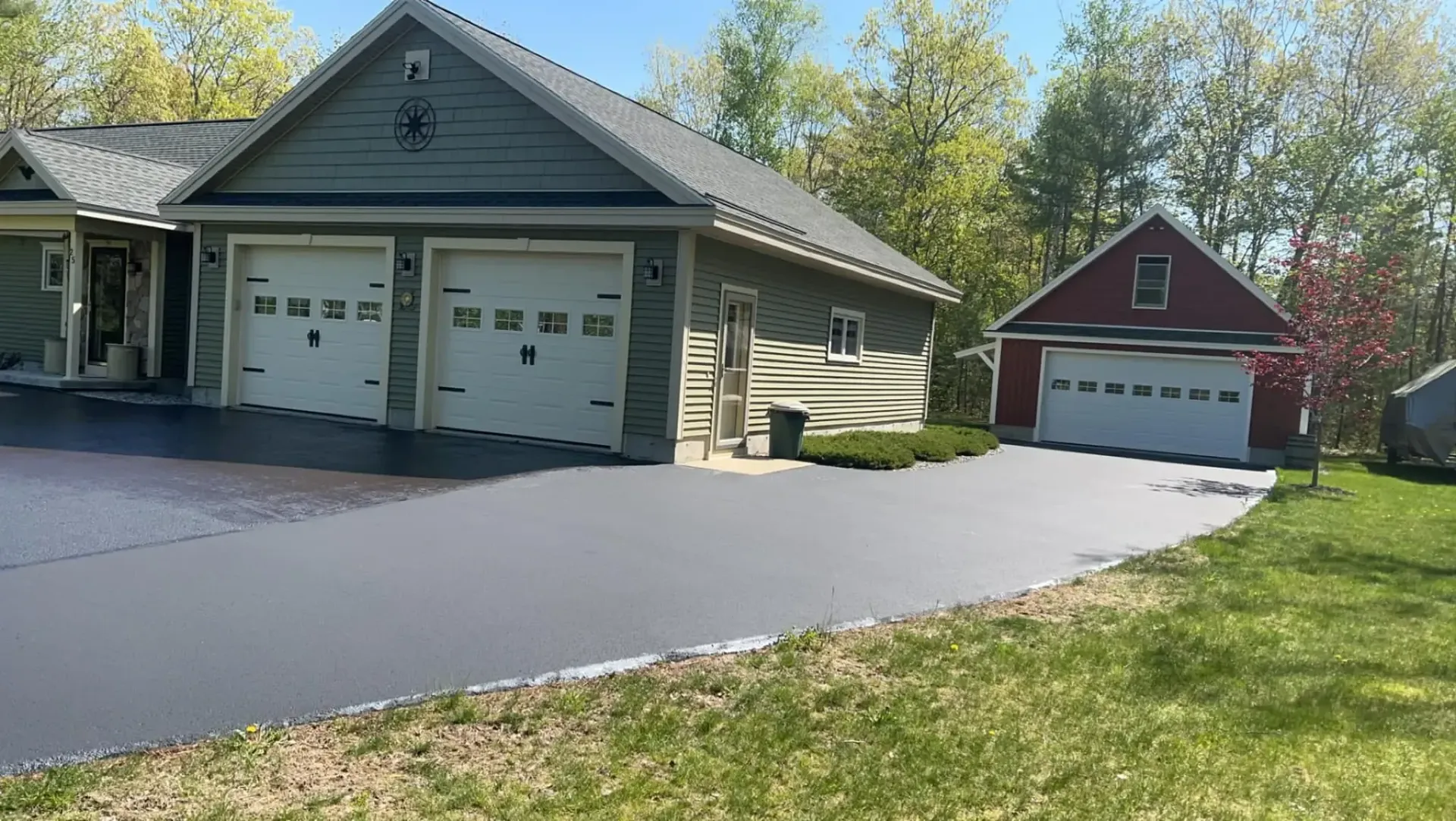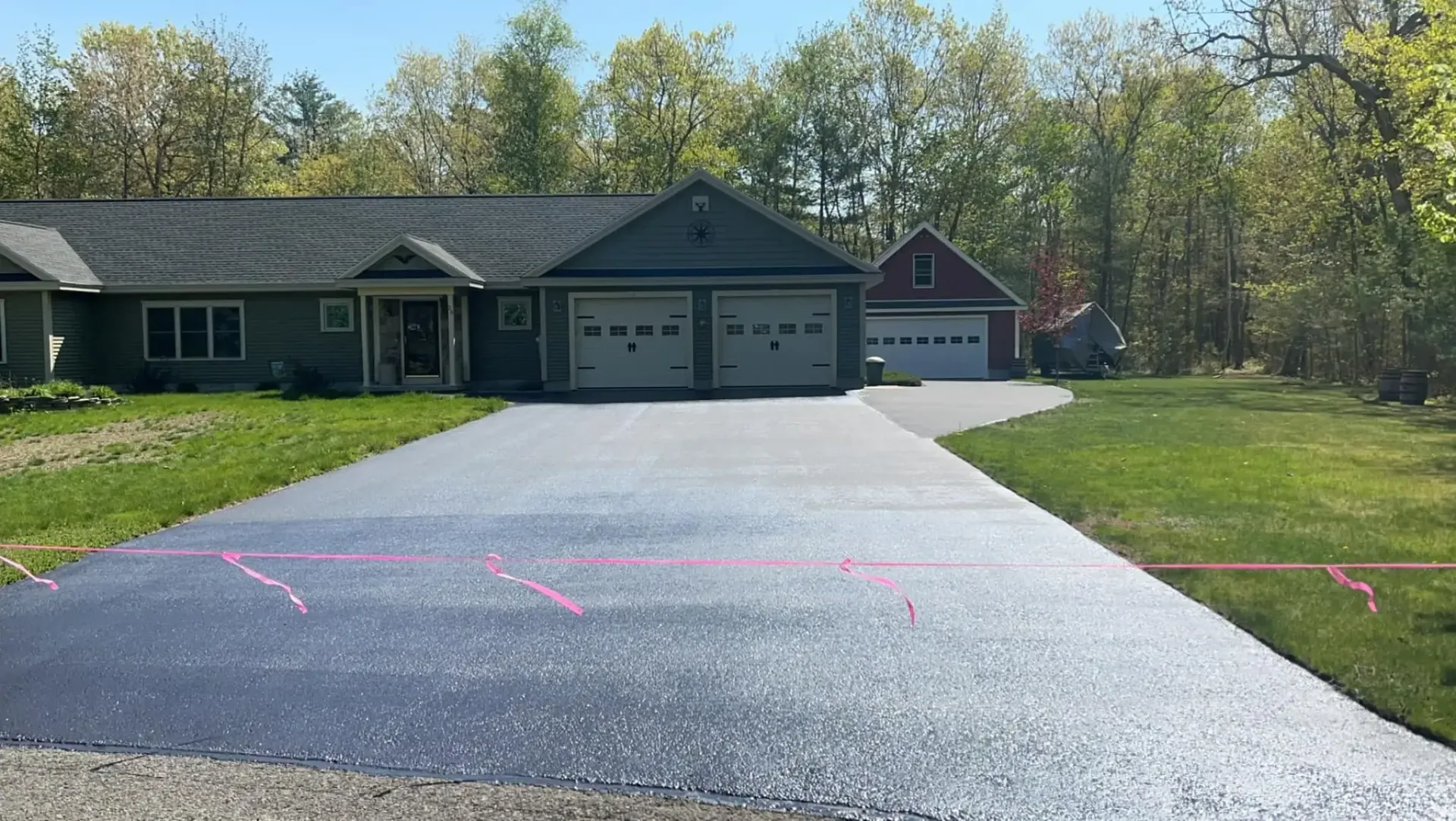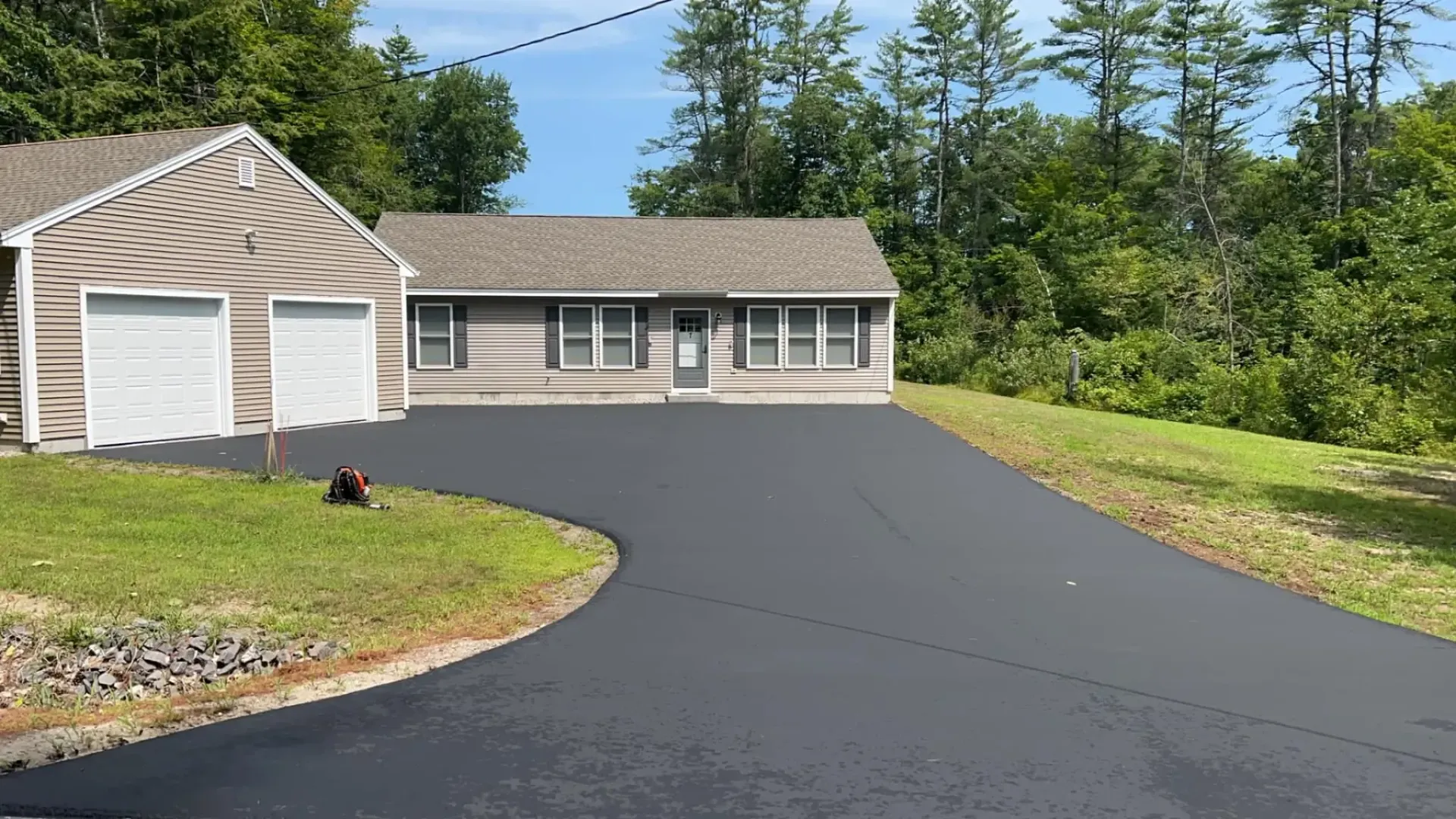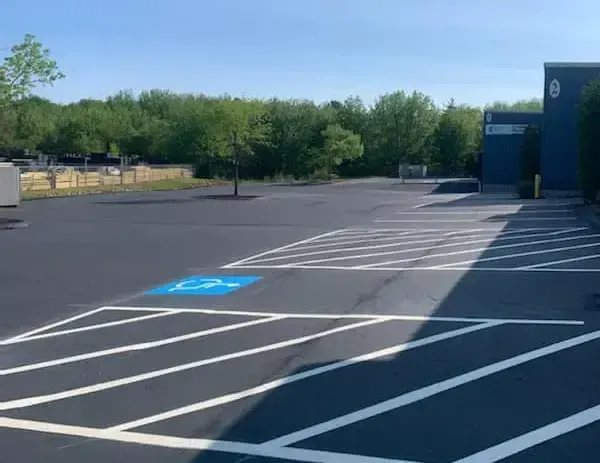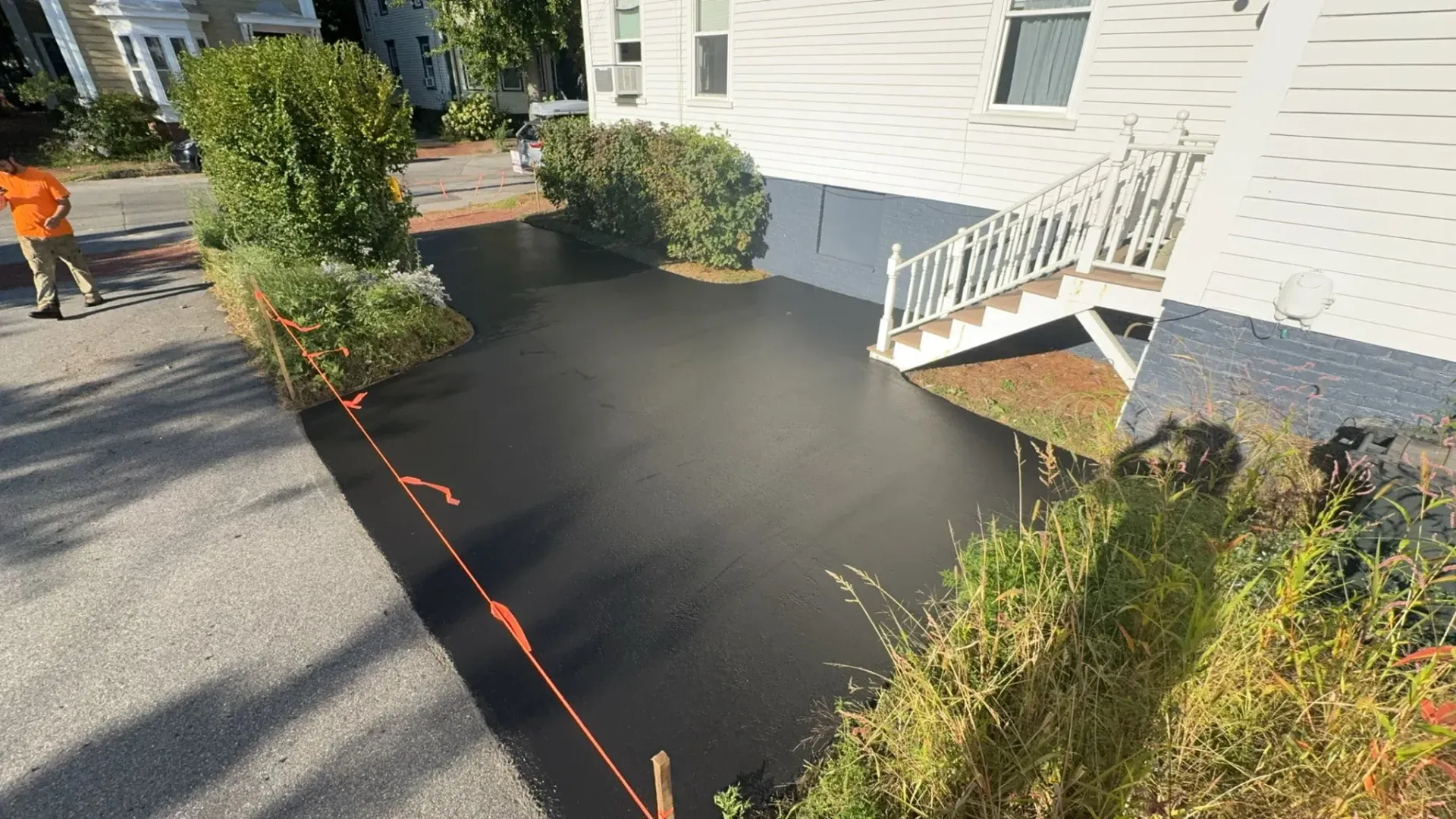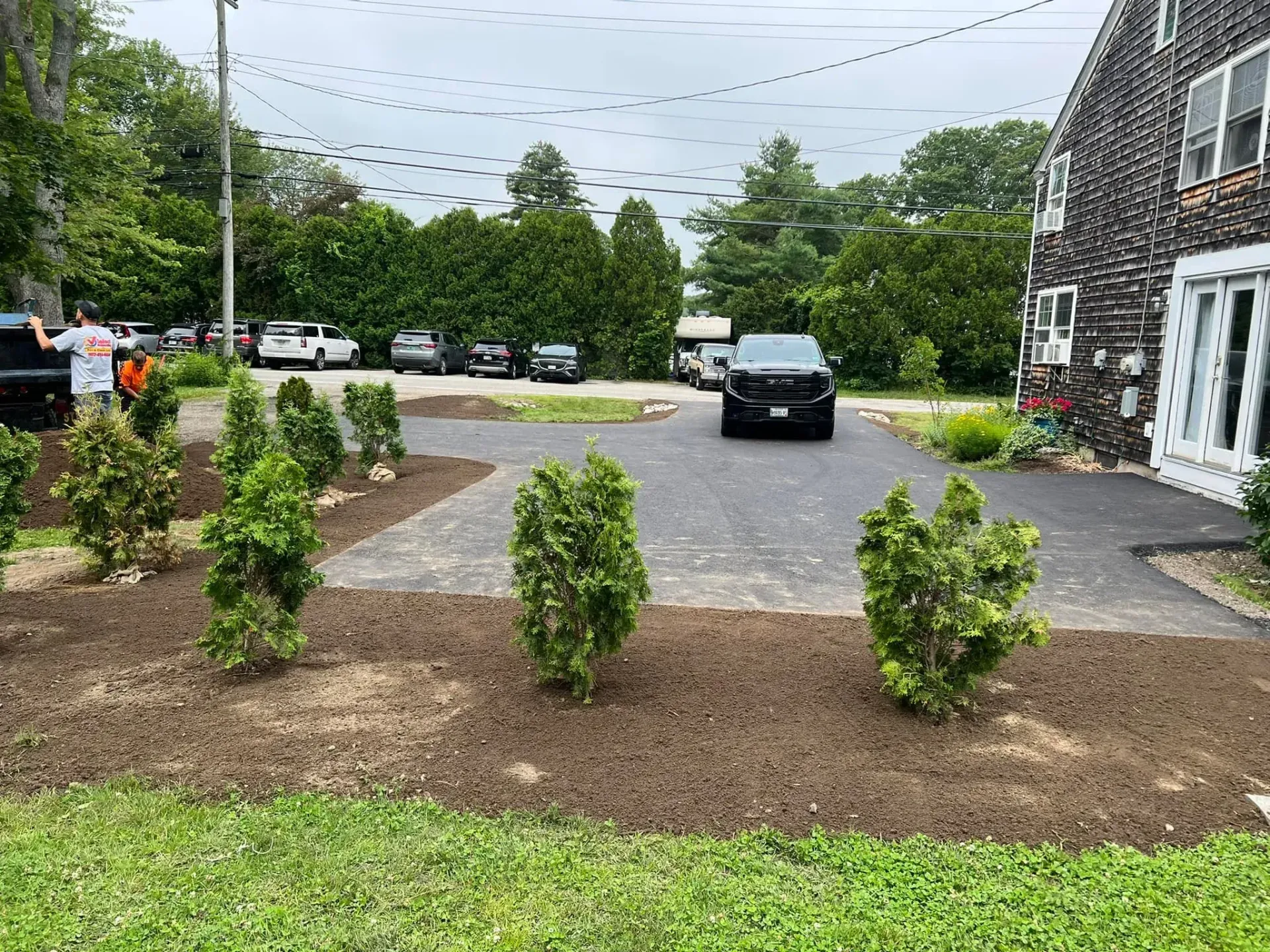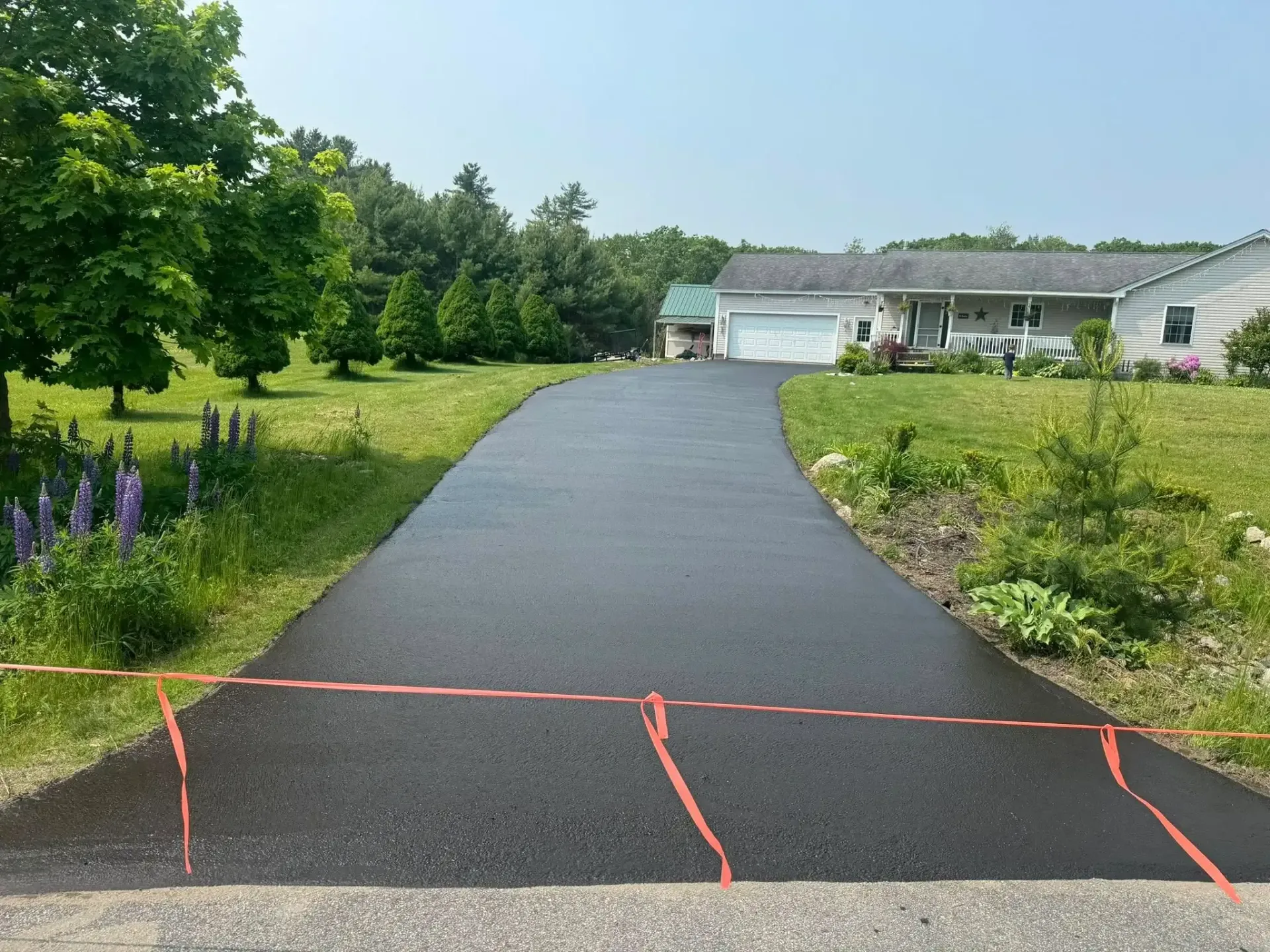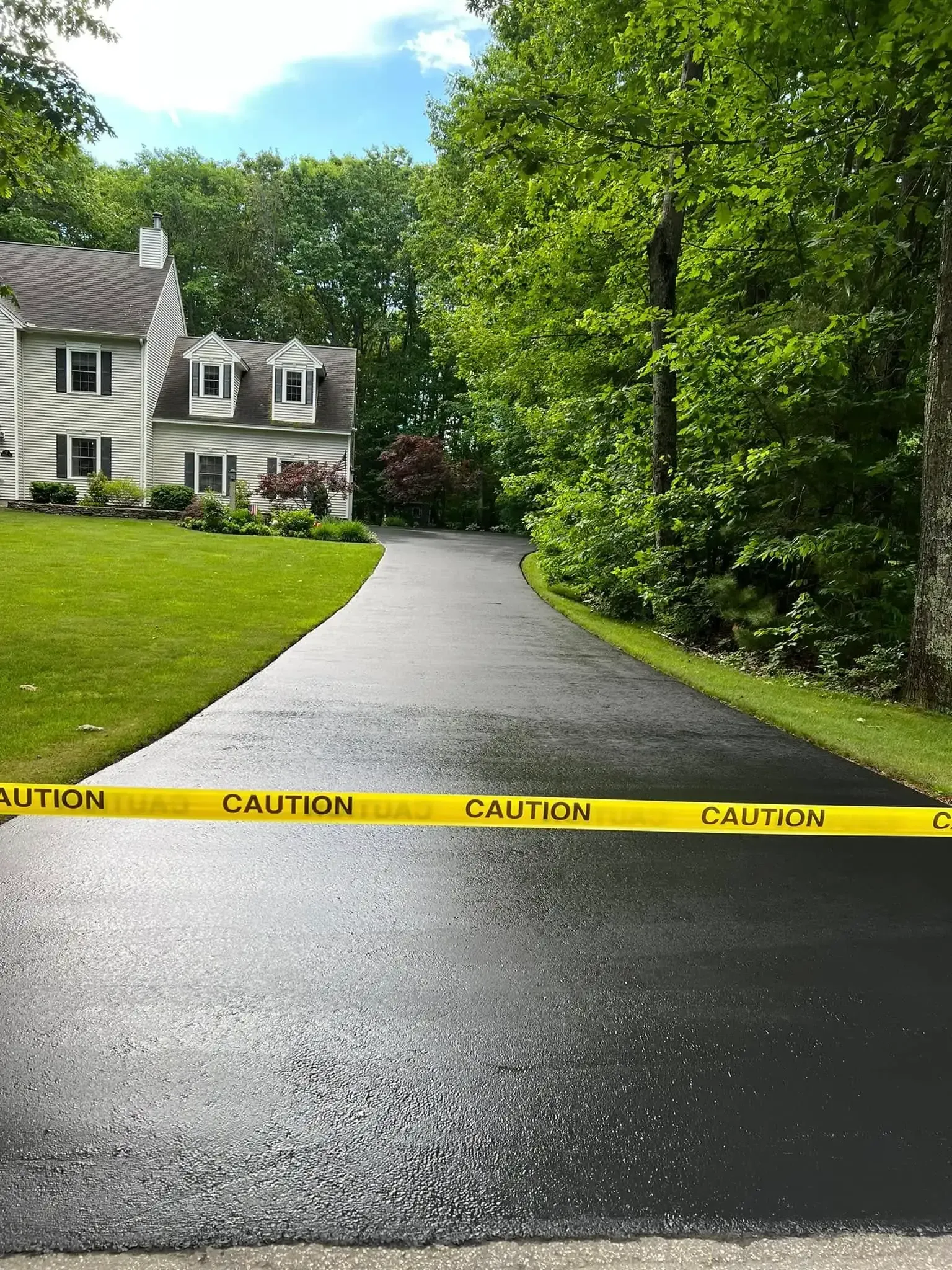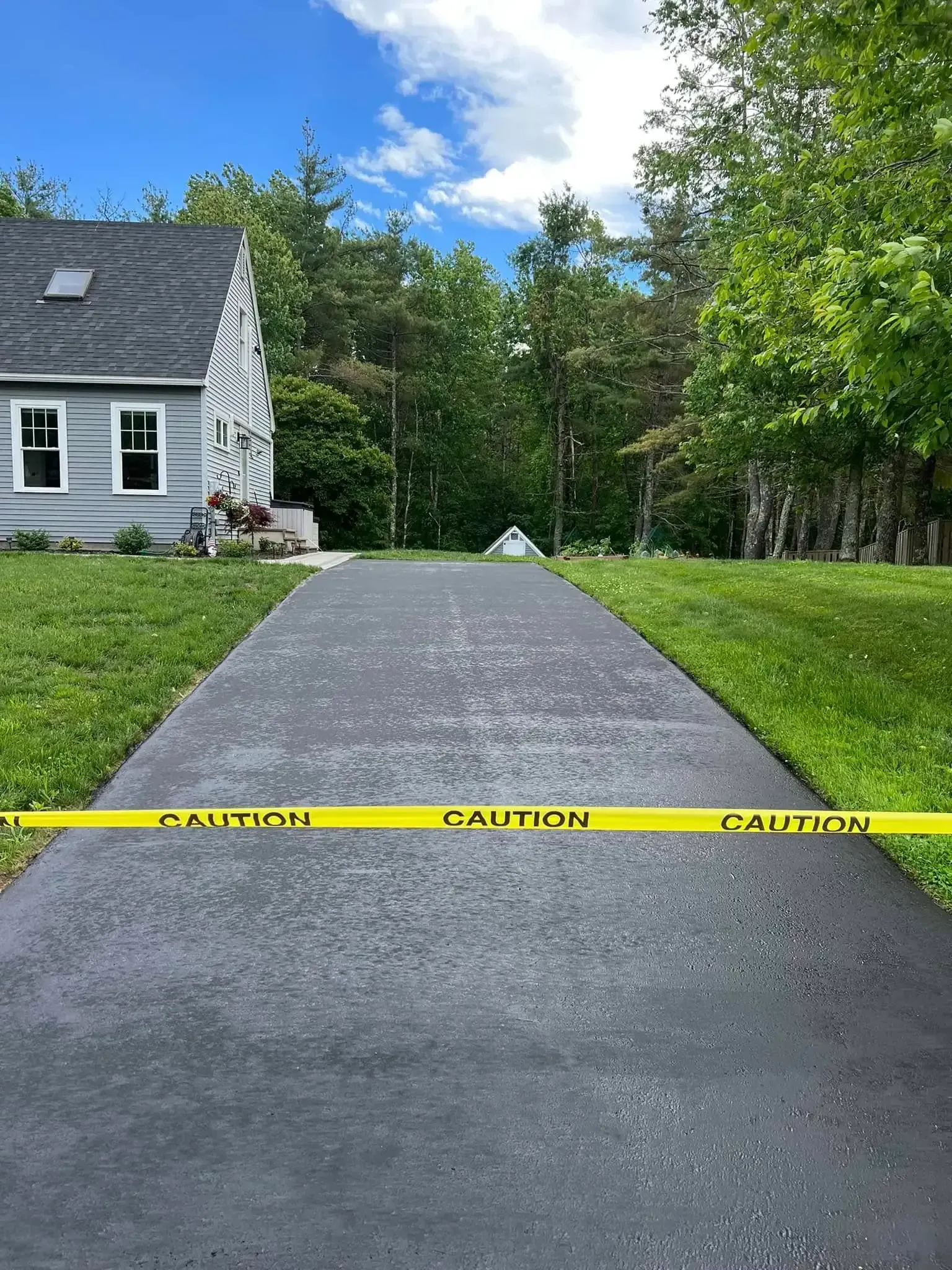The Difference Between Asphalt Paving, Resurfacing, and Sealcoating
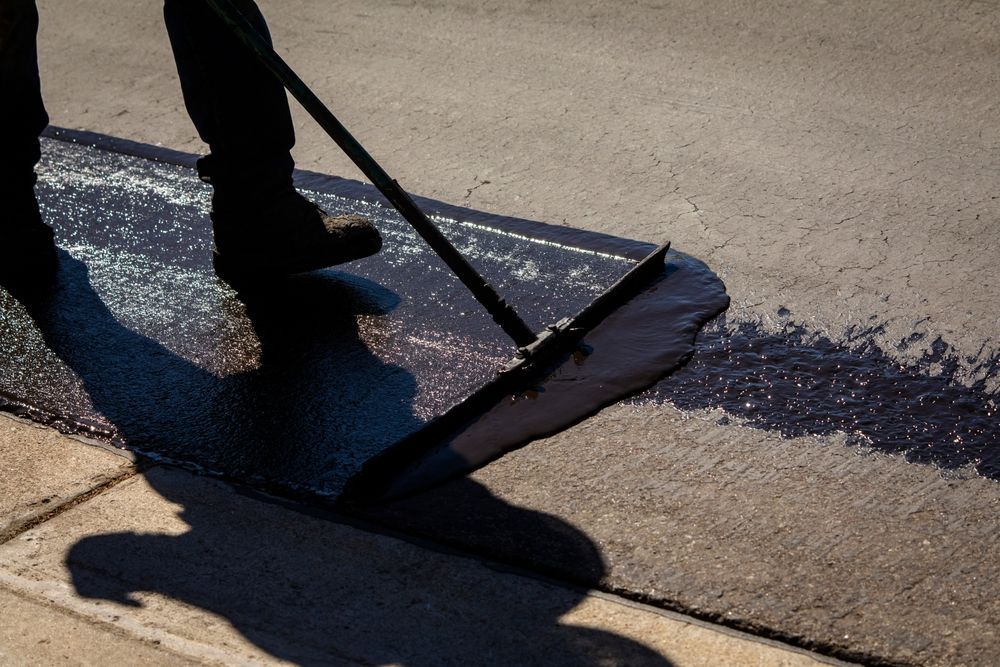
When it comes to maintaining driveways and parking lots, property owners often hear terms like asphalt paving, resurfacing, and sealcoating. While these processes are related, each serves a different purpose, requires a different level of investment, and has a distinct impact on the lifespan of your pavement. Understanding the difference helps homeowners and businesses make smarter decisions about caring for their asphalt.
Asphalt Paving: Building a Strong Foundation
Asphalt paving is the process of installing a brand-new surface. This typically happens during new construction or when an existing driveway or parking lot has deteriorated beyond repair. The process involves grading and preparing the base, applying layers of asphalt mix, and compacting them to create a durable, smooth surface.
Paving is the most significant investment because it starts from scratch. However, it delivers a strong foundation and decades of service when done properly. For property owners with crumbling pavement, large potholes, or structural base failures, paving is often the only solution.
Asphalt Resurfacing: A Fresh New Layer
Resurfacing, sometimes called “overlaying,” is a middle-ground option. Instead of tearing out the entire surface, a new layer of asphalt is applied on top of the existing pavement. This gives the look and feel of brand-new asphalt without the cost of a full replacement.
Resurfacing is ideal when the base is still solid, but the surface has moderate wear such as cracks, fading, or unevenness. By adding a fresh layer, contractors restore smoothness, improve safety, and extend the life of the pavement for 8–15 more years. However, if the underlying foundation is unstable, resurfacing won’t solve the deeper problem.
Sealcoating: Protective Maintenance
Sealcoating is the most affordable of the three processes and is all about prevention. It involves applying a protective coating to the asphalt’s surface, much like putting a weatherproof sealant on wood. Sealcoating shields against damaging elements such as UV rays, water, oil spills, and road salt.
While sealcoating doesn’t fix major cracks or structural issues, it slows deterioration and keeps asphalt looking dark, rich, and well-maintained. Most contractors recommend sealcoating every 2–3 years, depending on climate and traffic levels. When performed regularly, it can double the life of your driveway or parking lot.
Making the Right Choice:
Choosing between paving, resurfacing, or sealcoating comes down to the condition of your pavement and your budget.
- Paving is best for brand-new surfaces or complete rebuilds.
- Resurfacing works when your base is strong but the top layer is failing.
- Sealcoating is essential for routine maintenance and long-term protection.
Working with a trusted paving contractor ensures that you receive the right solution for your property. With proper maintenance, asphalt can deliver decades of service while enhancing curb appeal and safety.

